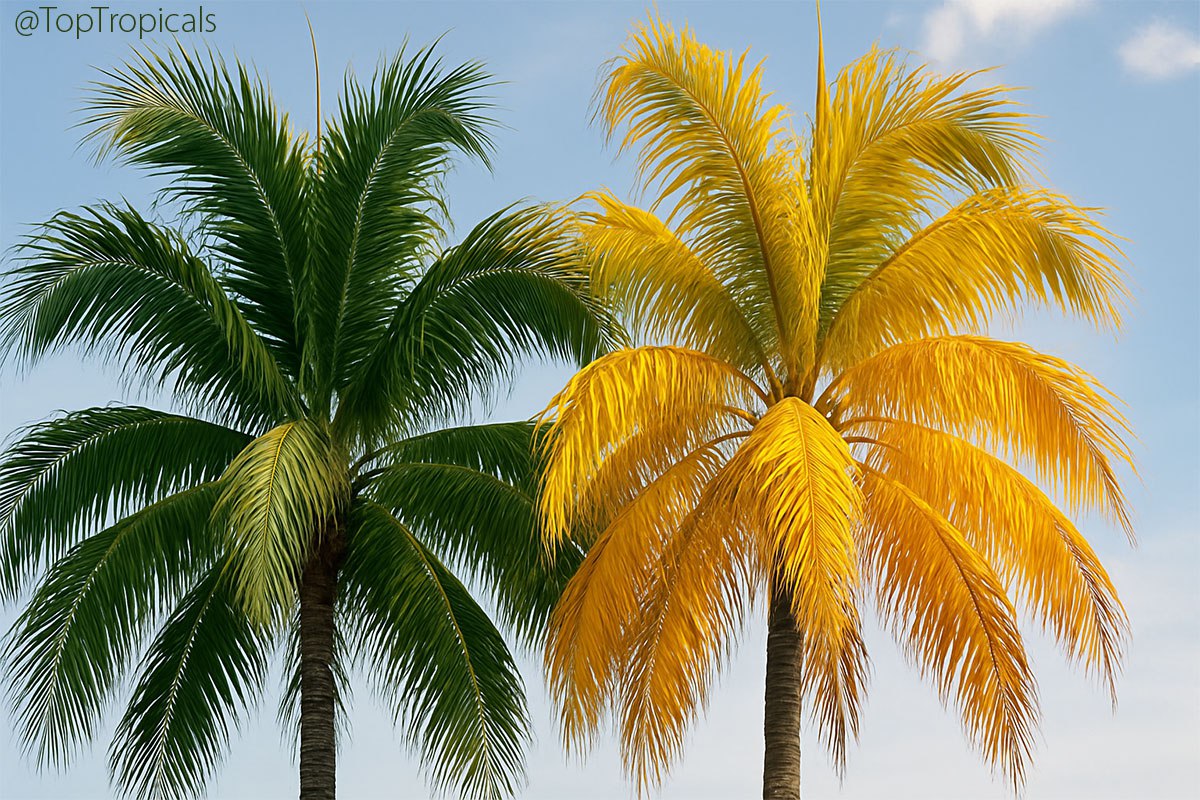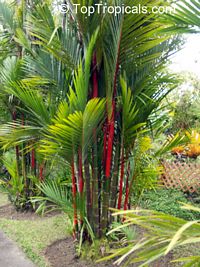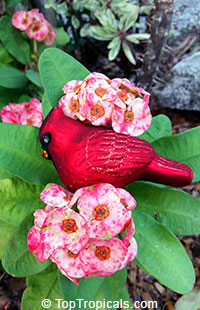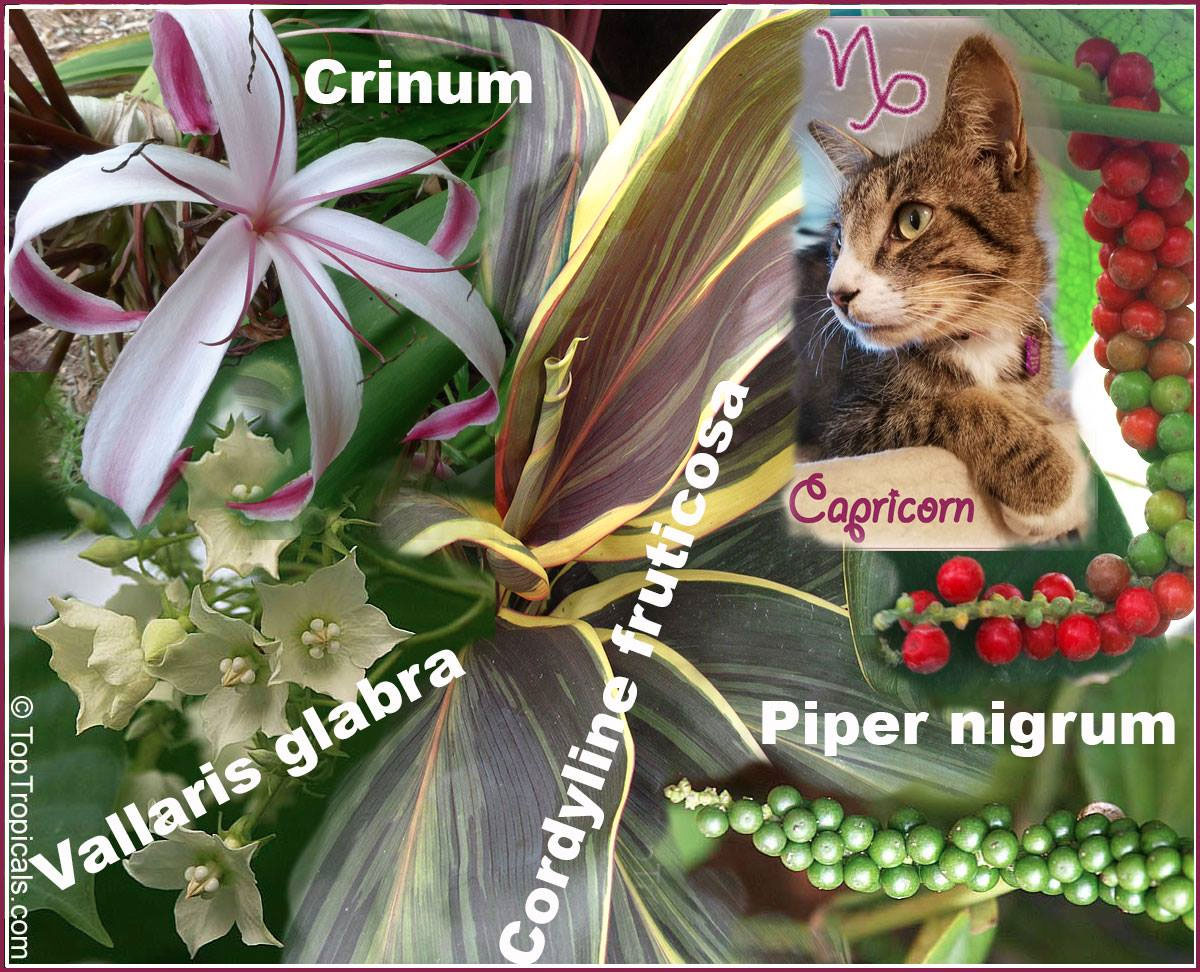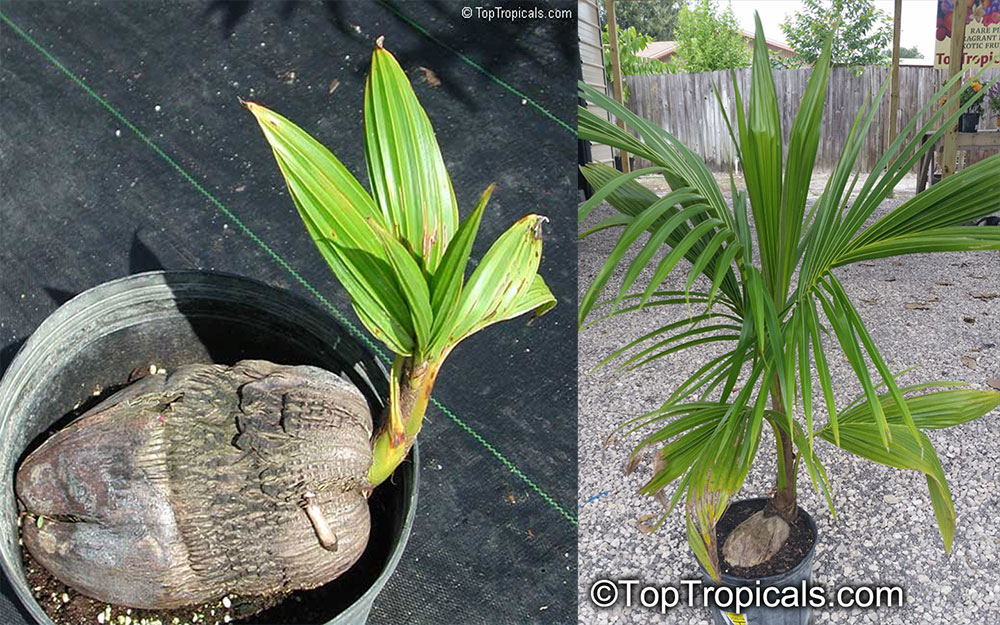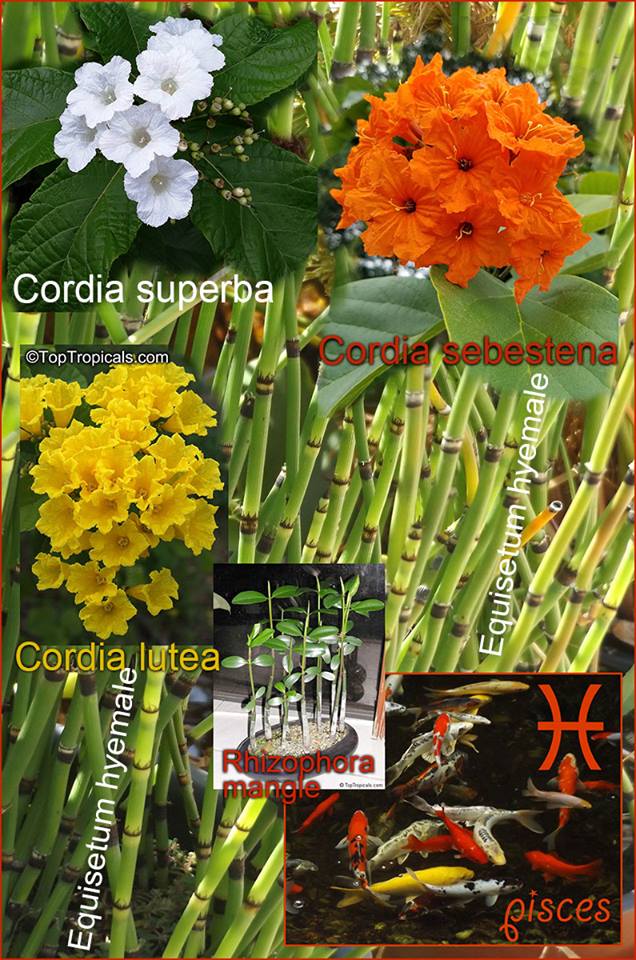Top Tropicals Telegram Channel
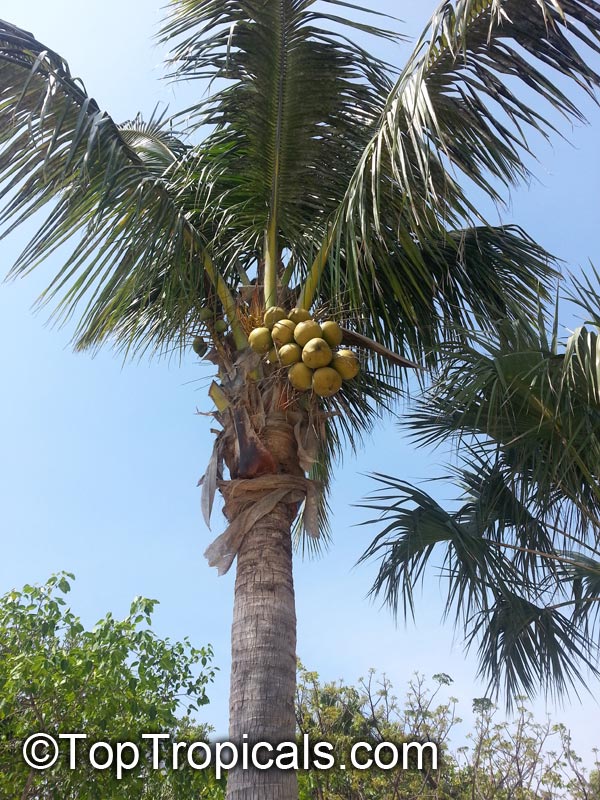
Coconut palm, Cocos nucifera
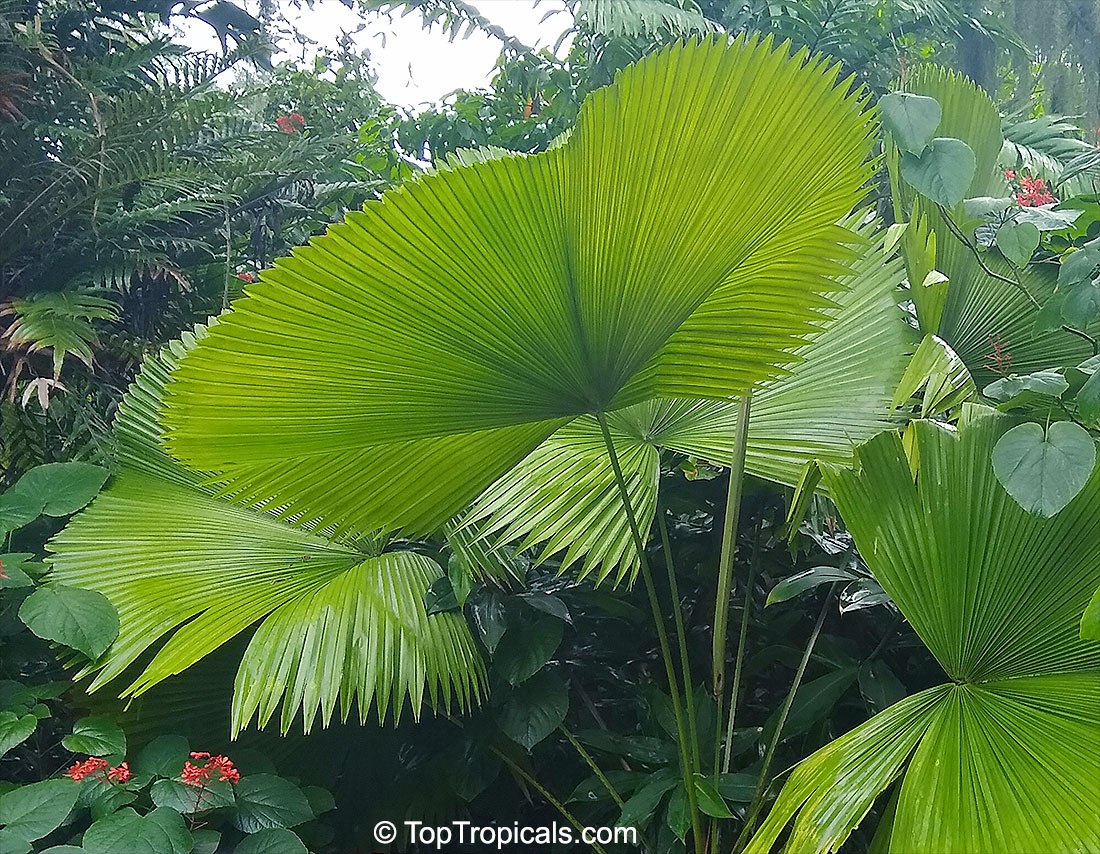
Fan palm - Licuala sp.

Areca palm - Areca (Dypsis) lutescens
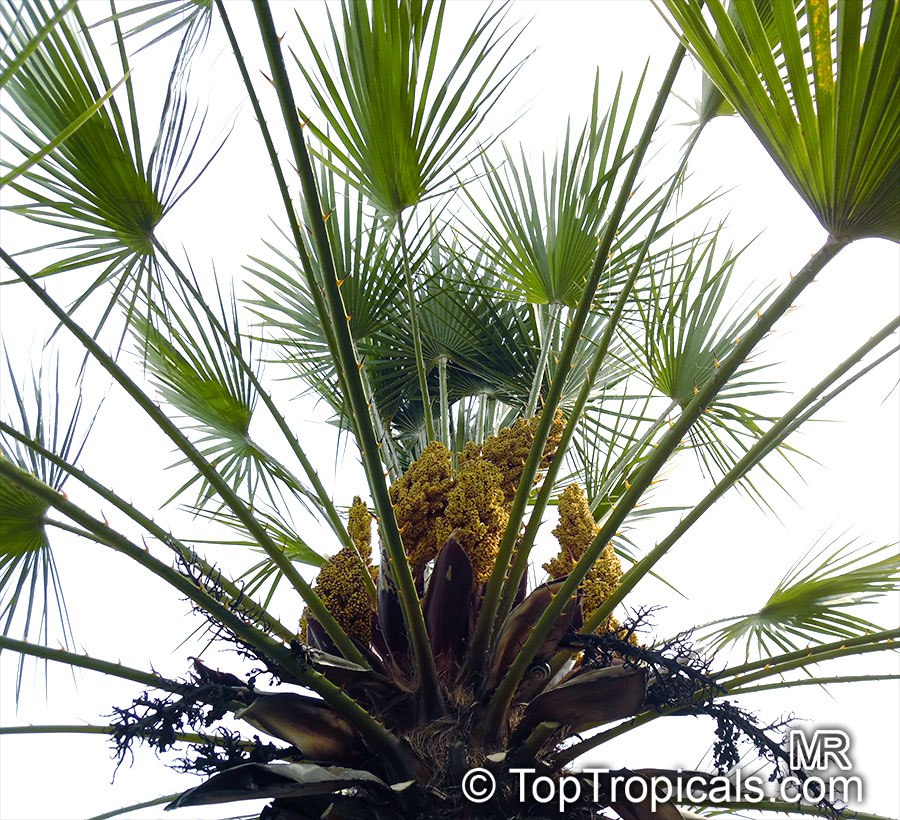
Windmill palm - Trachycarpus fortunei
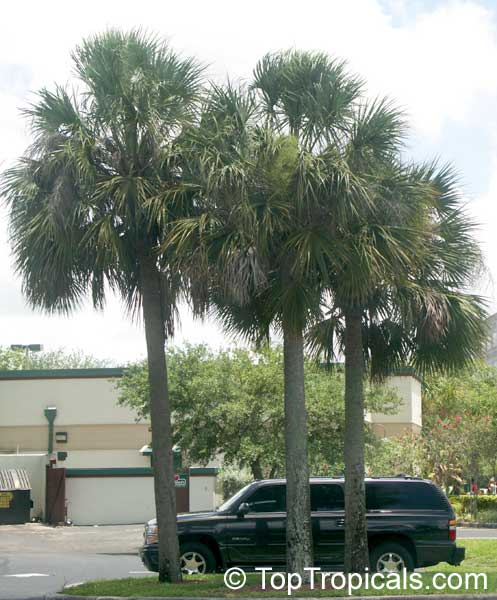
Cabbage palm - Sabal palmetto
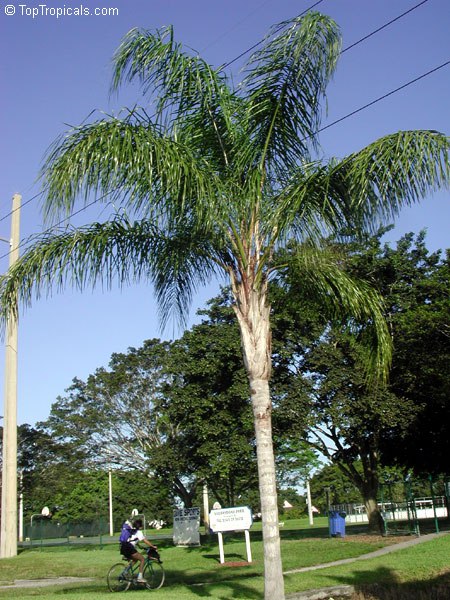
Queen Palm - Syagrus romanzoffiana
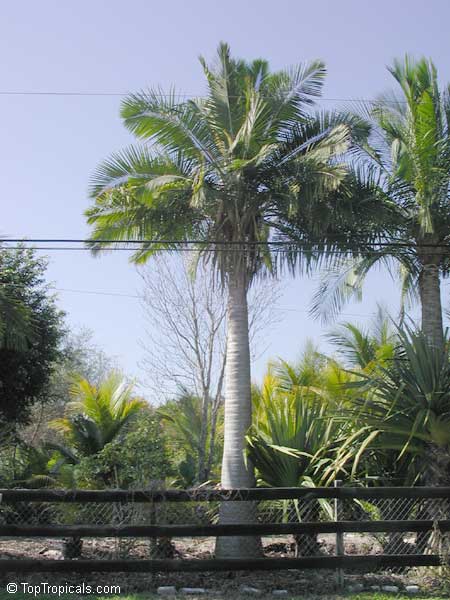
Majestic palm, Royal Palm - Ravenea rivularis
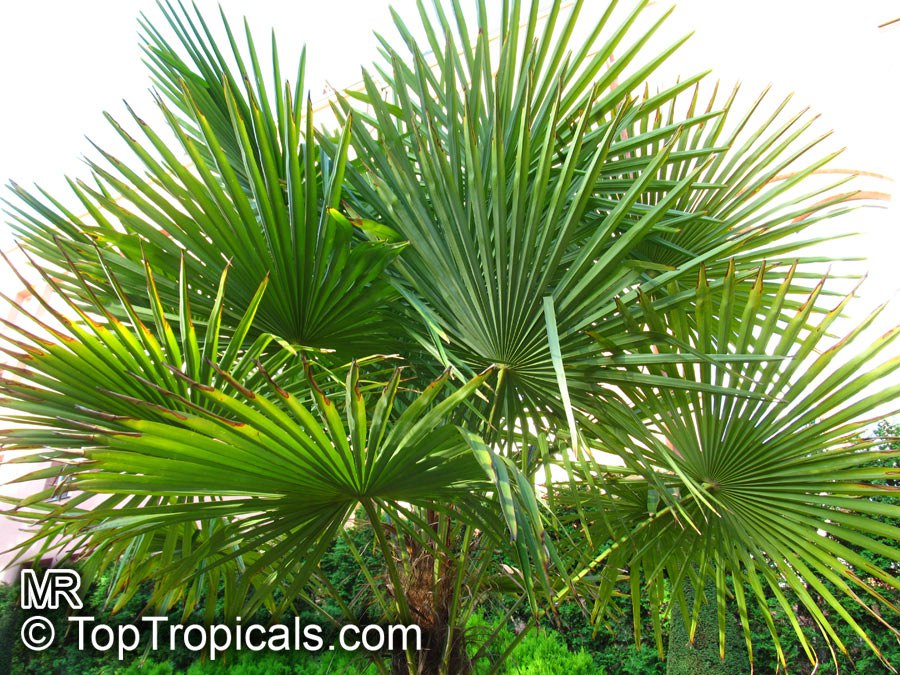
European fan palm - Chamaerops humilis
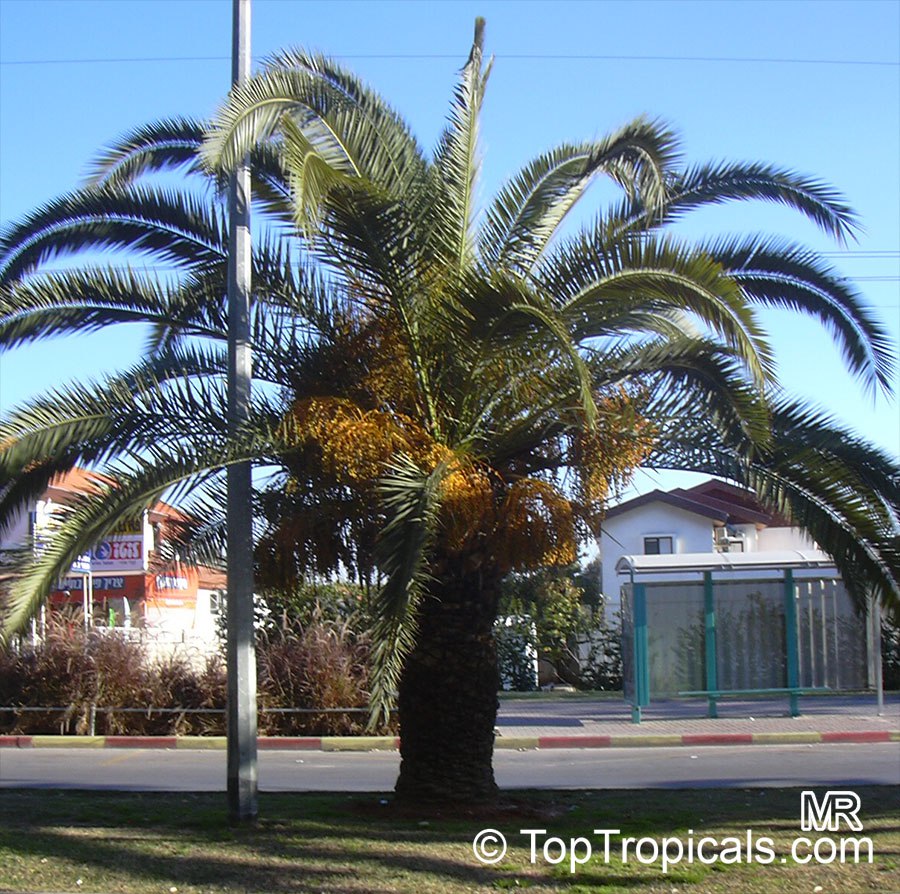
Date Palm - Phoenix canariensis
📷 In the photos:
🌞 Cold sensitive palms:
Coconut palm: Cocos nucifera
Fan palm: Licuala sp.
Areca palm: Areca (Dypsis) lutescens
❄️ Cold hardy palms:
Windmill palm: Trachycarpus fortunei
Cabbage palm: Sabal palmetto
Queen Palm: Syagrus romanzoffiana
Majestic palm: Ravenea rivularis
European fan palm: Chamaerops humilis
Date Palm: Phoenix canariensis
🛒 Shop Palm Trees
#Trees #How_to
🔴 Join 👉 TopTropicals
